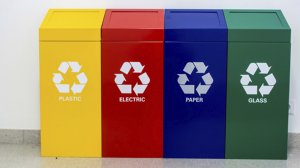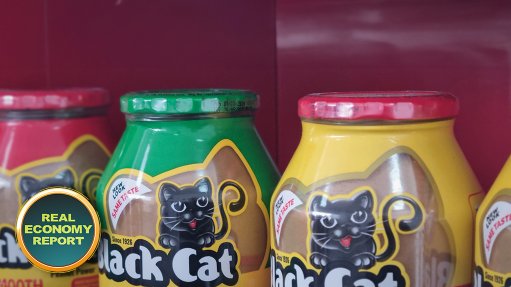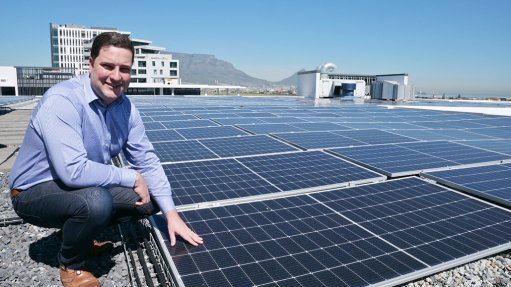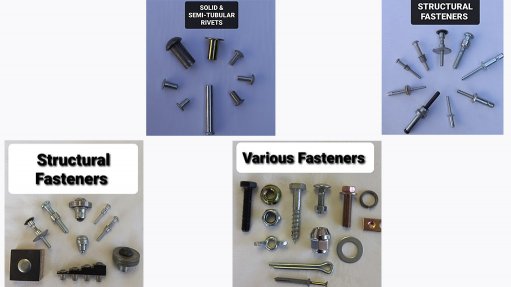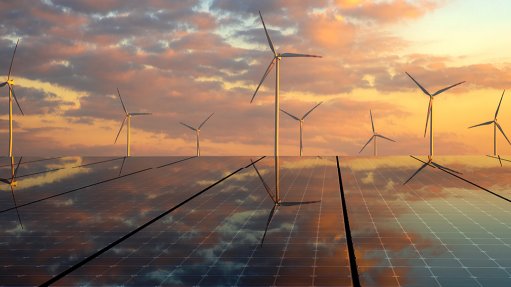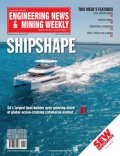Classifying unclassified wastes in terms of the National Environmental Management Waste Act, 2008 (Act 59 of 2008) [as amended]
This article has been supplied as a media statement and is not written by Creamer Media. It may be available only for a limited time on this website.
(Virtual Showroom): Waste generators are responsible for classifying their own waste according to the guidelines provided by the National Environmental Management Waste Act, 2008 (Act No. 59 of 2008) (NEM:WA). Failure to do so can result in penalties and fines. Additionally, waste generators must ensure that their waste is properly handled, stored, transported, and disposed of in accordance with the Act to minimize its impact on the environment and human health.
The NEM:WA provides guidelines for the classification and management of various types of waste generated in South Africa. Unclassified waste is waste that has not been classified according to the Act.
Section 28 of the National Environmental Management Act, 1998 (Act No.107 of 1998) (NEMA) places a duty of care on any person causing, has caused, or may cause significant pollution or degradation of the environment to take reasonable measures to prevent such pollution or degradation from occurring, continuing, or, insofar as such harm to the environment is authorised by law or cannot be reasonably avoided or stopped and to rectify such pollution of the environment. The measures required in terms of subsection (1) may include measures to:
- Investigate, assess, and evaluate the impact on the environment.
- Inform and educate employees on the environmental risk of their work and the manner in which tasks must be performed in order to avoid causing significant pollution or degradation of the environment.
- Cease, modify or control any activity or processes causing pollution or degradation.
- Contain or prevent the movement of pollutants or the cause of degradation.
- Eliminate any source of the pollution or degradation; or
- Remedy the effects of pollution or degradation.
This legislation is applicable to any activities taking place. In addition, waste specific legislation and standards are implemented.
The South African National Standards (SANS) 10234 – Global Harmonisation System (GHS) standard, sets the criteria for the classification of hazardous substances and mixtures, including waste, according to health, environmental and physical hazards, and includes communication elements for labelling and information required for Safety Data Sheets (SDS). Unlike the Minimum Requirements, the SANS standard does not prescribe any specific obligations based on whether a waste is hazardous or not, nor the type of landfill where these wastes must be disposed of. Rather, the purpose is to ensure adequate and safe storage and handling of hazardous waste based on physical, health, and environmental hazards, and to inform the consideration of suitable waste management options.
The responsibility for waste classification rests with the waste generator, who must ensure that wastes are classified in accordance with SANS 10234 within 180 days of generation, except for certain wastes listed in the GNR 634 that do not require classification and are considered to be ‘pre-classified’.
In terms of transitional arrangements related to classification, the following are applicable:
- Waste classified in terms of the Minimum Requirements for Disposal of Waste to Landfill, Department of Water and Forestry, 1998 (or alternative, i.e., delisted) prior to the Regulations must be reclassified within 3 years; and
- Waste produced prior to GNR 634, but not classified, must be classified within 18 months after commencement of the Regulations.
Regarding waste disposal to landfill, the Regulations require that generators must ensure their waste is assessed and disposed of in terms of the two the following two Norms and Standards:
- GNR 635; National Norms and Standards for the assessment of waste for landfill disposal; and
- GNR 636: National Norms and Standards for the Disposal of waste to Landfill.
The Waste Classification and Management Regulations were published in 2013 (GNR 634) and prescribe the classification and liner requirements for solid waste to be disposed of. The purpose of the Waste Classification and Management Regulations is to:
“2a) regulate the classification and management of waste in a manner which supports and implements the provisions of the Act.
b) establish a mechanism and procedure for the listing of waste management activities that do not require a Waste Management Licence.
c) prescribe requirements for the disposal of waste to a landfill;
d) prescribe requirements and timeframes for the management of certain wastes; and
e) prescribe general duties of waste generators, transporters and managers.”
These regulations consist of the following GNR Notices:
• GNR 635; National Norms and Standards for the Assessment of waste for Landfill disposal;
• GNR 636: National Norms and Standards for the Disposal of waste to Landfill.
These Norms and Standards prescribe the requirements for the assessment of waste prior to disposal.
The Waste Classification and Management Regulations define waste classification as establishing:
“a) whether a waste is hazardous based on the nature of its physical, health and environmental hazardous properties (hazard classes); and
b) the degree or severity of hazard posed (hazard categories)”
The assessment is required to determine the classification and related disposal mechanisms and methods for the waste type generated.
Samples are required to be taken of the waste to be classified and submitted to a South African National Accreditation System (SANAS) accredited laboratory. The waste classification procedure as described in GNR 635. The analysis results are required to be assessed against the four levels of threshold for leachable (LCT) and total concentrations (TCT), which in combination, determines the Risk Profile of the waste. Once LCT and TCT values are compared with threshold values, waste types can be determined. Waste types are classified in 5 categories, from Type 0 to Type 4 where Type 0 waste is not allowed to be disposed of at a landfill and must be treated and reassessed in terms of the Standard for Assessment of Waste for Landfill Disposal to determine the level of risk associated with disposing of the waste to landfill. Waste classified as Type 1 waste requires a Class A landfill for disposal, while Type 2 wastes a Class B, Type 3 waste a Class C and Type 4 waste a Class D landfill. Once liner requirements are determined, an application can be submitted for a Waste Management Licence (WML) in terms of NEM:WA for authorisation to the relevant competent authority.
Environmental Assurance (Pty) Ltd. has the required experience and knowledge to assist with waste classifications as well as Waste Management Licencing (WML) Applications.
Comments
Announcements
What's On
Subscribe to improve your user experience...
Option 1 (equivalent of R125 a month):
Receive a weekly copy of Creamer Media's Engineering News & Mining Weekly magazine
(print copy for those in South Africa and e-magazine for those outside of South Africa)
Receive daily email newsletters
Access to full search results
Access archive of magazine back copies
Access to Projects in Progress
Access to ONE Research Report of your choice in PDF format
Option 2 (equivalent of R375 a month):
All benefits from Option 1
PLUS
Access to Creamer Media's Research Channel Africa for ALL Research Reports, in PDF format, on various industrial and mining sectors
including Electricity; Water; Energy Transition; Hydrogen; Roads, Rail and Ports; Coal; Gold; Platinum; Battery Metals; etc.
Already a subscriber?
Forgotten your password?
Receive weekly copy of Creamer Media's Engineering News & Mining Weekly magazine (print copy for those in South Africa and e-magazine for those outside of South Africa)
➕
Recieve daily email newsletters
➕
Access to full search results
➕
Access archive of magazine back copies
➕
Access to Projects in Progress
➕
Access to ONE Research Report of your choice in PDF format
RESEARCH CHANNEL AFRICA
R4500 (equivalent of R375 a month)
SUBSCRIBEAll benefits from Option 1
➕
Access to Creamer Media's Research Channel Africa for ALL Research Reports on various industrial and mining sectors, in PDF format, including on:
Electricity
➕
Water
➕
Energy Transition
➕
Hydrogen
➕
Roads, Rail and Ports
➕
Coal
➕
Gold
➕
Platinum
➕
Battery Metals
➕
etc.
Receive all benefits from Option 1 or Option 2 delivered to numerous people at your company
➕
Multiple User names and Passwords for simultaneous log-ins
➕
Intranet integration access to all in your organisation



![Classifying unclassified wastes in terms of the National Environmental Management Waste Act, 2008 (Act 59 of 2008) [as amended]](https://cisp.cachefly.net/assets/articles/images/resized/0001052724_resized_4classifyingunclassifiedwastes1022.jpg)
